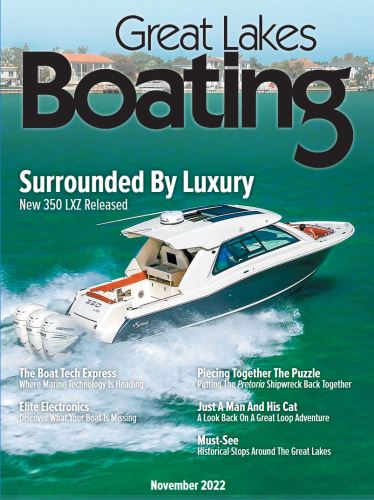
Every time another drowning is reported, it hits home. The scary possibility of drowning affects all water-goers, no matter their age, profession, or expertise on the water.
The Great Lakes Surf Rescue Project (GLSRP) reported that a total of 73 drownings have happened at the Great Lakes this year, totaling 696 since 2010.
Although it is impossible to prepare for every situation, there are a few simple things you can do to protect yourself and your family on the Great Lakes.
Here at the top three:
1. Keep your life jacket on
In 2017, the U.S. Coastguard reported that 84.5 percent of all recreational boating drowning victims were not wearing a life jacket and that two thirds of drowning victims were good swimmers. When accident strikes, you want to be prepared, and wearing a life jacket ensures that you are. Wearing a lifejacket is the easiest and most efficient way to protect yourself and those you love (including the furry ones). If you’re unsure of which life jacket is right for you, the Safe Boating Campaign has a quiz on their website that can help you decide which life jacket meets your needs: http://www.safeboatingcampaign.com/quiz/
2. Use an engine cut-off device
Engine cut-off devices, also called kill switches, are life-saving boating devices that take only seconds to install. Depending on your preference, you can use a traditional lanyard or a wireless model that will stop propellers instantly. That way, if an accident occurs, no boaters or passengers will be struck by boat propellers. Thanks to Get Connected Boating, boaters can easily learn how to pick and install a cut-off device in their boat.
3. Have a designated boater (DB)
Although this one seems like a given, alcohol was the leading factor in 19 percent of boating related deaths in 2017. While bringing alcohol on your boat is legal, operating while intoxicated is not. So, if you’re taking your friends and family out on the water, decide who will be operating the boat beforehand to ensure that everyone stays as safe as possible and no one ends up with a costly BUI.
For more information on drowning statistics and educational resources, visit:
Safe Boating Campaign: get the facts: http://www.safeboatingcampaign.com/get-the-facts/
Get Connected Boating: http://getconnectedboating.org
Great Lakes Surf Rescue Project: http://www.glsrp.org/statistics/

